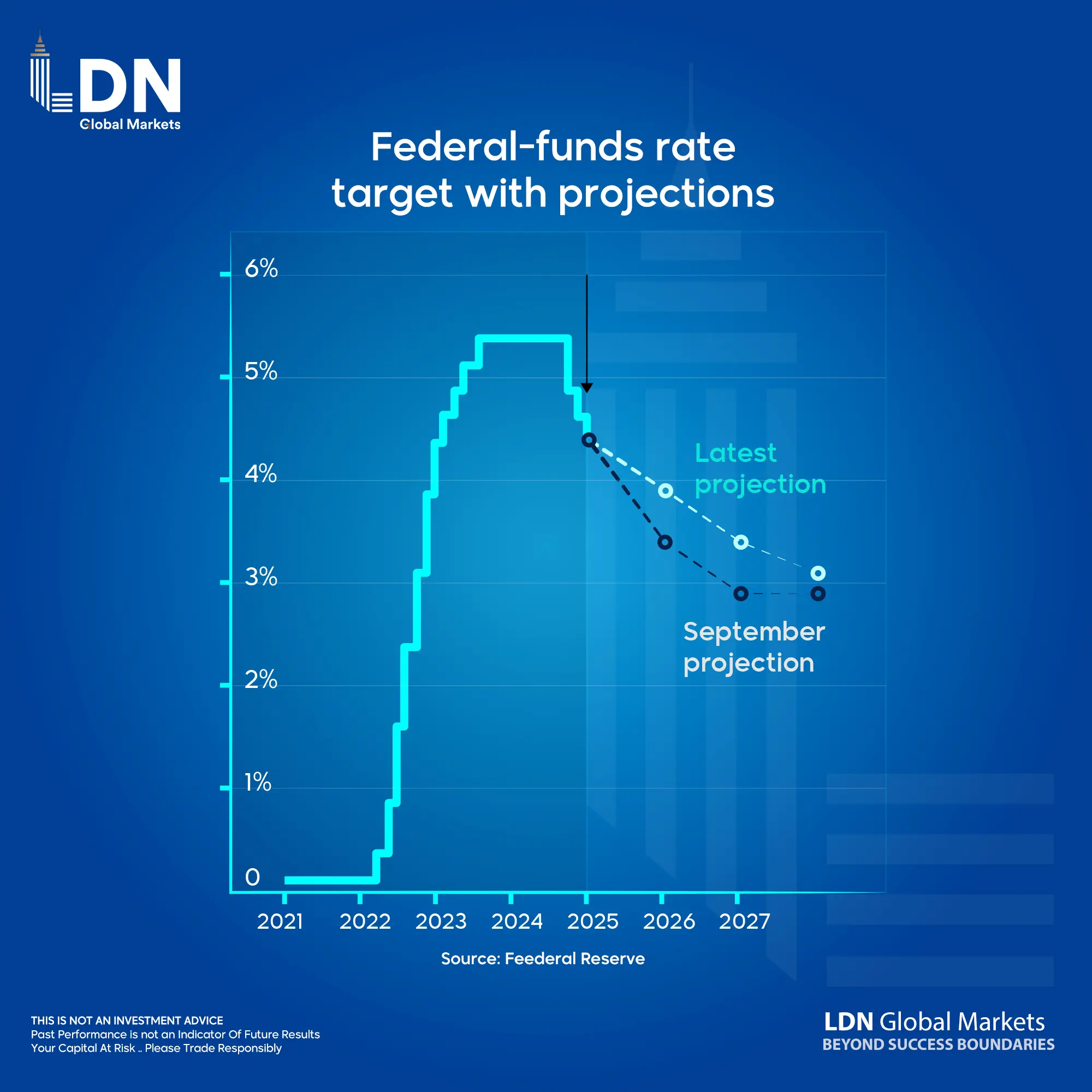After a strong year for U.S. stocks, investors are looking to continue the momentum into mid-January, with expectations that upcoming economic data and political changes in Washington could influence market movements. The S&P 500 rose 25% in 2024 by December 27, while the Nasdaq Composite surged over 31%. However, stocks saw a selloff on Friday due to profit-taking and concerns about January’s performance.
Stocks often perform well during the last few trading days of December and into early January, a phenomenon known as the “Santa Claus rally,” which has historically boosted the S&P by an average of 1.3% since 1969. Despite Friday’s drop, the S&P rose 1.77% over the last five trading days, while the Nasdaq gained 1.8%.
Looking ahead, U.S. employment data, set for release on January 10, will give investors insight into the economy’s health. Additionally, corporate earnings reports for Q4 will test the market’s strength, with projected earnings growth of 10.33% in 2025, slightly lower than the 12.47% expected growth in 2024. President-elect Donald Trump’s policies, particularly on taxes and regulation, are expected to benefit sectors like banking, energy, and crypto.
Trump’s inauguration on January 20 may bring volatility, as he is expected to introduce numerous executive orders that could impact various industries, including trade policies that might affect tariffs and immigration. The potential consequences for global currency markets are also a concern.

Finally, the Federal Reserve’s meeting later in January could challenge the stock rally, particularly if its monetary policy signals fewer interest rate cuts in 2025. While this disappointed some investors, it could benefit alternative assets like cryptocurrencies. With the incoming Trump administration’s crypto-friendly stance, Bitcoin has surged above $107,000, boosting investor optimism.








I like this site because so much utile stuff on here : D.